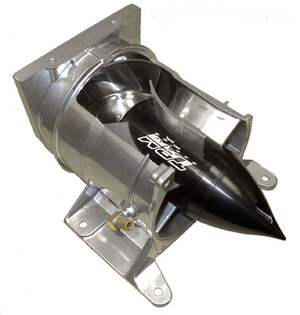- Location
- Revelstoke,B.C.
so I am familiar with boat props and understand how re-pitching or re-sizing can change performance for specific uses but when it comes to reading all these posts about props and pitches i get completely lost, partly because unlike boats im not quite grasping the "fraction" style descrition of props ie xx/yy
i'd love if someone could explain to me what said numbers refer to which would in turn help me understand, and eventually pick the right prop for what i desire ie does the number mean the size diameter or the pitch angle of blades etc etc, does going up..or down affect torque,low end, rpm, top speed.
would love to learn this its driving me nuts.
and since we're on this topic, i understand that changing cones changes bottom end power or top end speed what im not quite getting is how exactly does the cone fit into the driveline equation..is it acting as a reducer or cause drag..how does cone size/shape affect performance.what if you had no cone at all??
i know how to use the search feature but you guys all talk tech about prop pitch etc..i then realized i dont understand what any of those numbers mean so how can i learn from what i am reading ;-)
thanks for educating me
i'd love if someone could explain to me what said numbers refer to which would in turn help me understand, and eventually pick the right prop for what i desire ie does the number mean the size diameter or the pitch angle of blades etc etc, does going up..or down affect torque,low end, rpm, top speed.
would love to learn this its driving me nuts.
and since we're on this topic, i understand that changing cones changes bottom end power or top end speed what im not quite getting is how exactly does the cone fit into the driveline equation..is it acting as a reducer or cause drag..how does cone size/shape affect performance.what if you had no cone at all??
i know how to use the search feature but you guys all talk tech about prop pitch etc..i then realized i dont understand what any of those numbers mean so how can i learn from what i am reading ;-)
thanks for educating me
Last edited:

